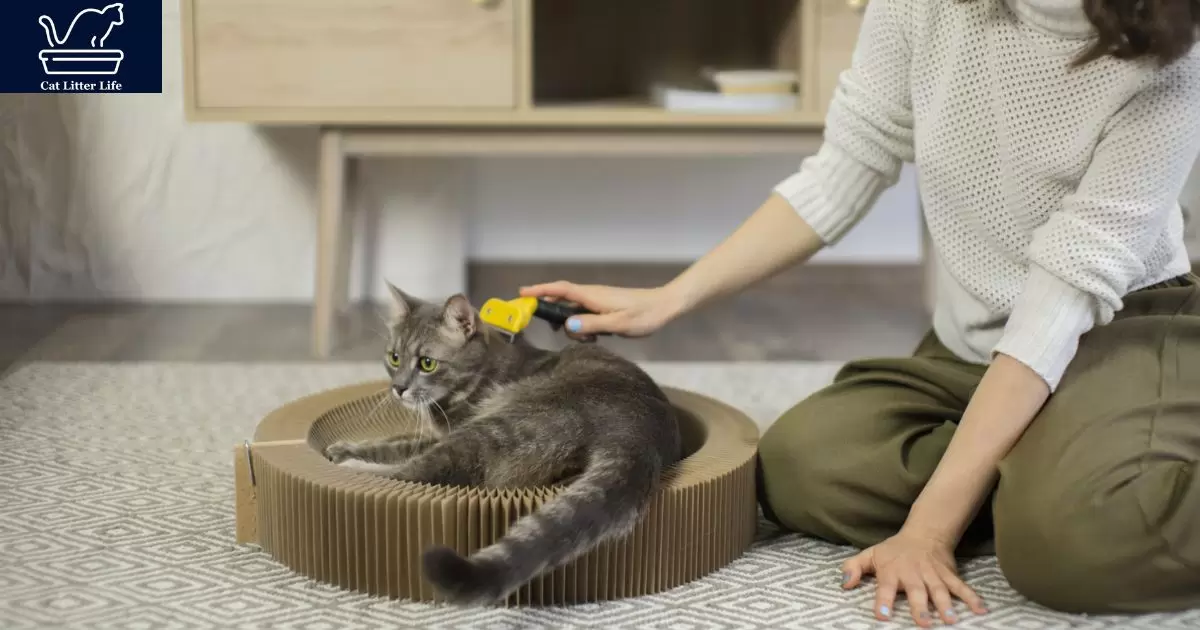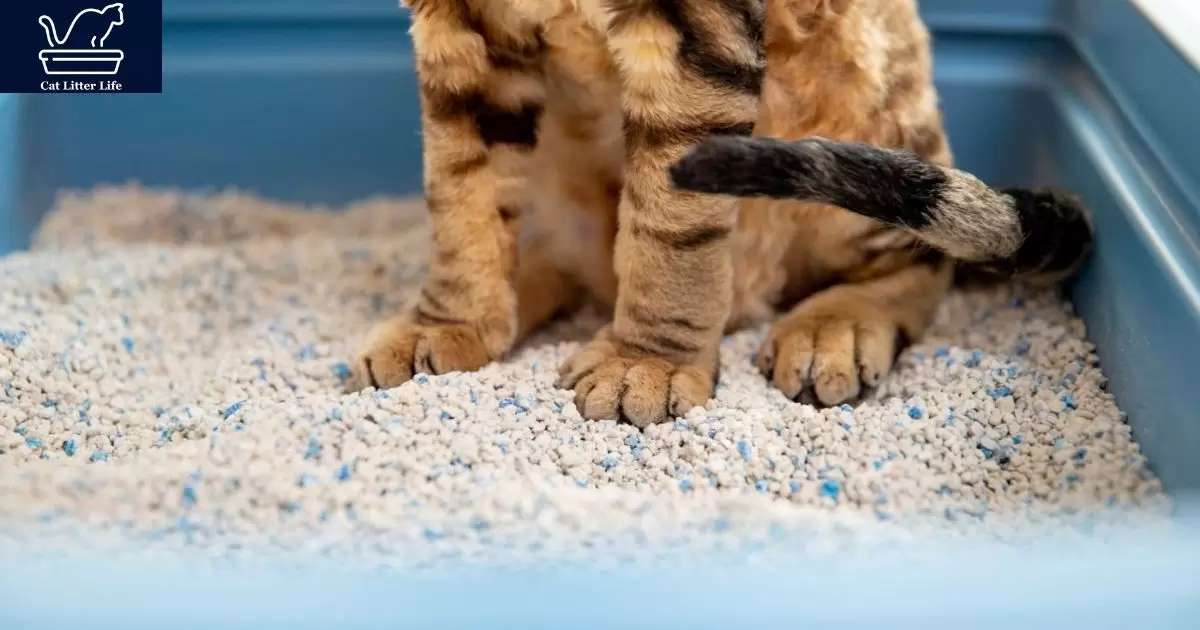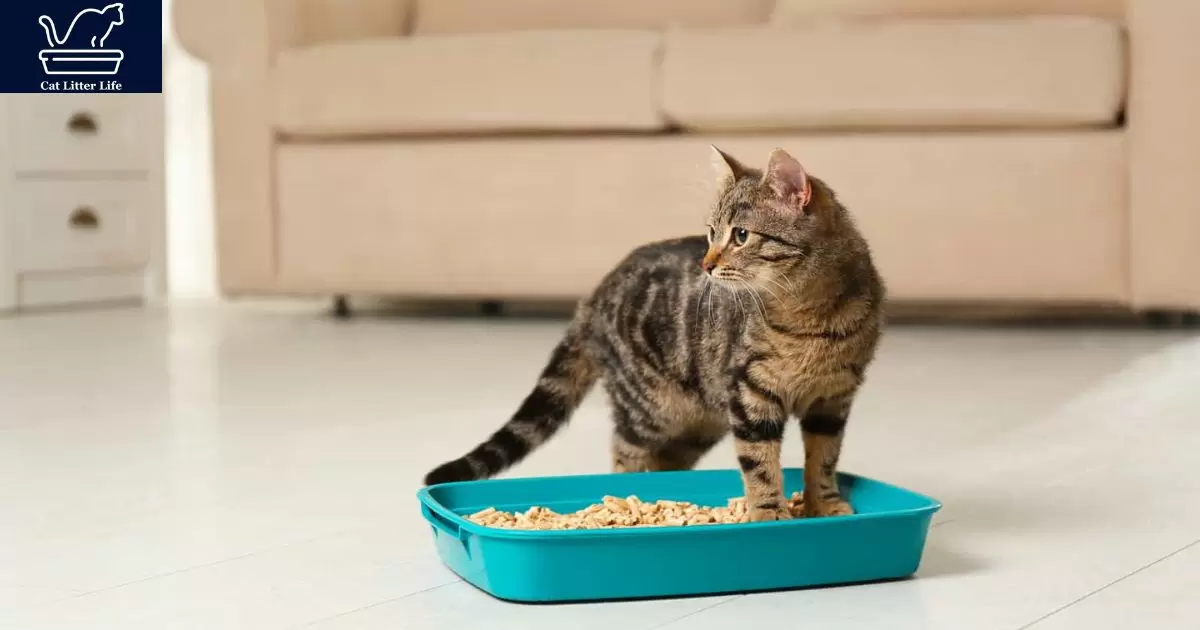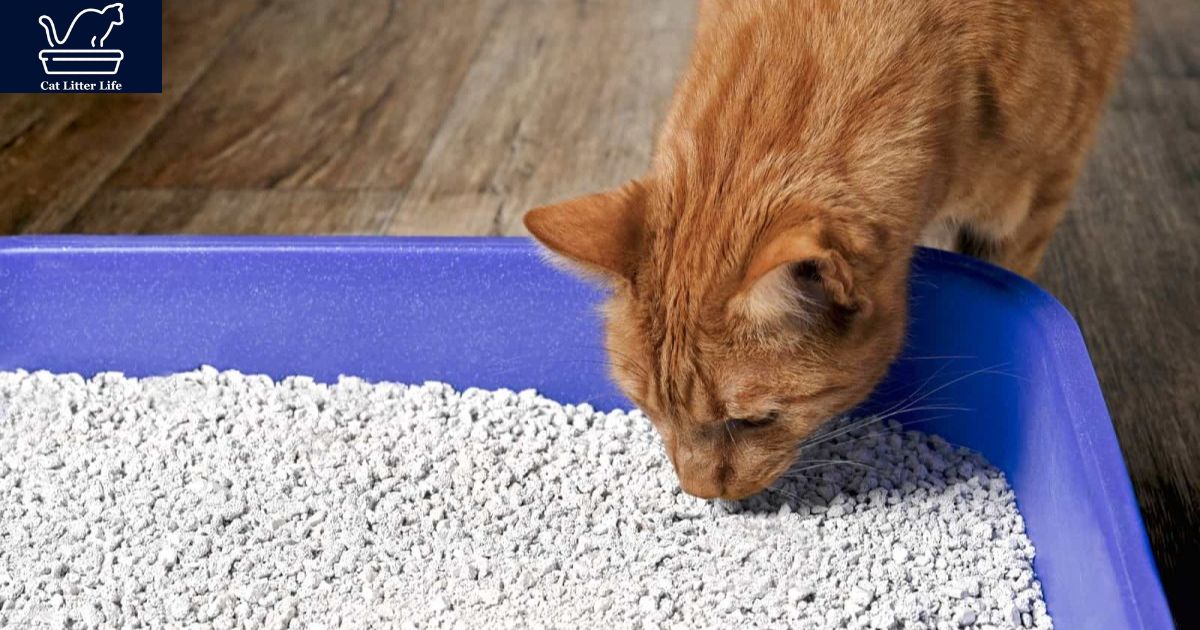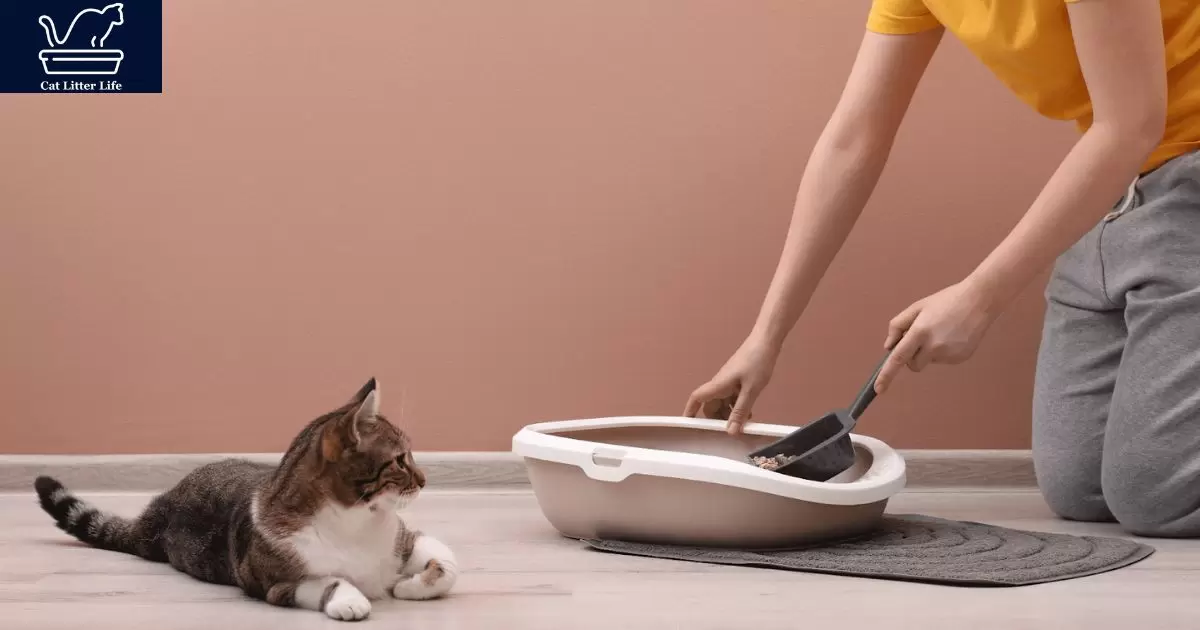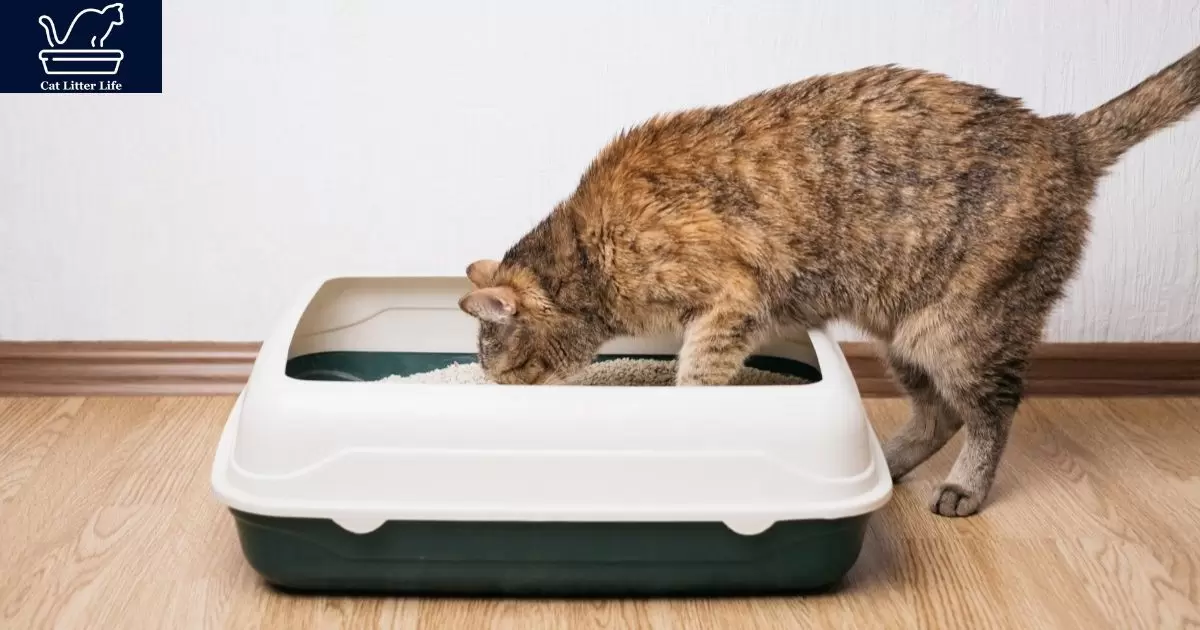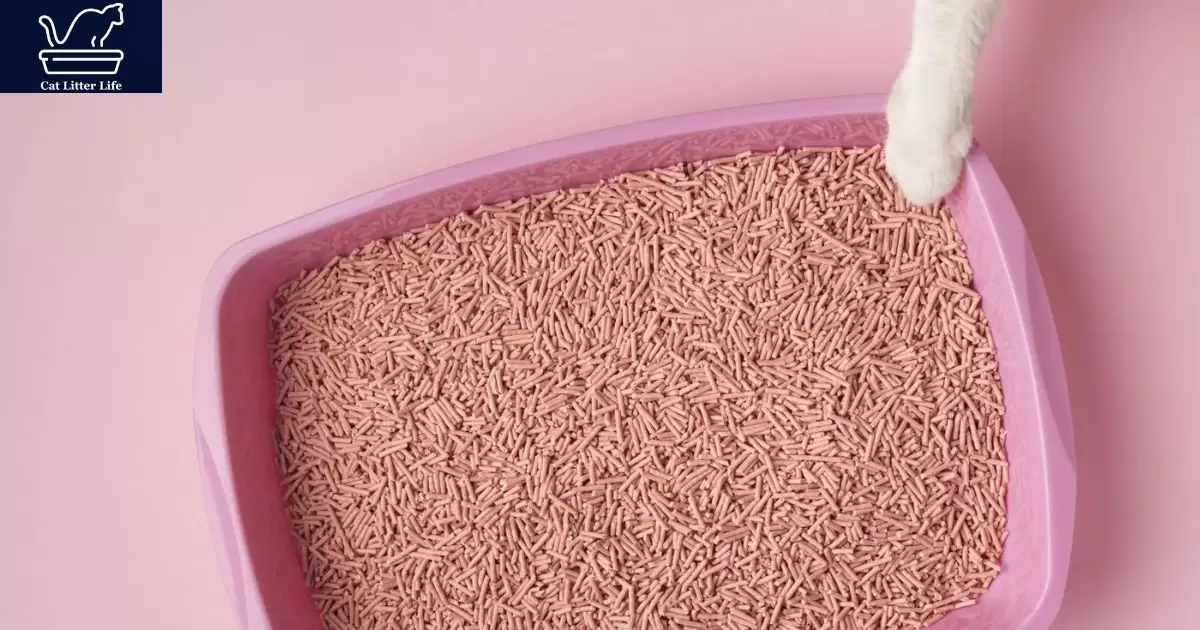Switching cat litter is a critical part of being an accountable pet proprietor. Regularly converting the clutter keeps your cat glad and your private home smooth. Scooping out clumps day by day and doing a full clutter change weekly prevents odor and offers kitty a sparkling region to move. Follow these simple steps to switch the litter smoothly.
How to switch cat litter? It’s easier than you think. Cats prefer consistency, so switching litter takes some care. With a few tips, you can change litter brands or types without stressing kitty. Take it slow, mix litter gradually, and give rewards. Your cat will adjust to the new litter in no time. A few simple steps make all the difference.
Switching cat clutter requires getting new clutter, dumping antique litter, washing the box, and refilling it with clean litter. Transition slowly by mixing old and new. Monitor your cat’s reaction and make adjustments. With patience and the right techniques, you can swap litter without upsetting your cat’s routine. Proper litter changing keeps your cat happy and your home clean.
Assess Whether Your Cat Needs a Litter Change
Before making any changes, check whether your cat is, in reality, disappointed with their present-day multi-cat litter. There are a few symptoms that indicate it may be time for a transfer:
Increased Accidents Around the Home
If your cat has started out urinating or defecating outside their litter container, it can characterize an issue with the muddle that is causing them distress. Cats like to hold their toilet areas clean, so an unclean litter field can motivate them to go to some other place.
Avoiding the Litter Box
If your cat refuses to apply their muddle box at all, uncomfortably pees over the side, or digs excessively in the field, they’ll no longer like the texture, heady scent, or intensity of the litter. Watch their behavior to see how they interact with the litter.
Increased Vocalizations
Some cats will meow, growl, or yowl after they enter their muddle box if they don’t approve of the clutter. Pay attention to noises that indicate your cat is sad with their restroom setup. If your cat well-known shows those signs and symptoms, it may be time to take into account a switch. Still, rule out scientific problems first with the aid of taking them to the vet for a checkup.
Pick the Right Litter for Your Cat
If you decide a clutter alternate is important, place a few thoughts into the form of litter you pick out. There are a few factors to consider:
Clumping vs. Non-Clumping
- Clumping litters shape solid clumps while moist, making cleanup easier. Non-clumping options feature granules that absorb moisture but don’t stick collectively. Most cats opt for clumping litter.
- However, kittens and cats who eat litter may do better with non-clumping varieties to prevent intestinal blockages if consumed.
Scented vs. Unscented
- While humans may prefer scented litters to control odor, scents can irritate some cats’ sensitive noses. Cats generally prefer unscented or lightly scented litters.
- Avoid strong perfumes and opt for lighter, natural scents when possible.
Texture and Material
- Fine-grained, soft litters are comfortable on cats’ paws. Litters made from clay, recycled paper, or plant-based materials often fit the bill.
- Avoid litters with artificial chemicals, deodorizers, or coarse grains. Test different textures to see which your cat likes best.
Depth of Litter
- Most cats select a muddle depth of two to three inches as it permits them to dig and bury. Shallow litter prevents cats from expressing their natural behaviors.
- Some long-haired cats need deeper litter that won’t get caught in their fur and track through your home.
Specialty Litters
- Litters designed for odor control, moisture absorption, or declumping may help resolve specific issues your cat is having with their box.
- Just introduce specialty litters gradually along with their old standby.
Transition Slowly to the New Litter
Cats dislike abrupt changes. To introduce a new litter successfully, implement it gradually over 2-4 weeks. Here are some tips for a smooth transition:
Mix In the New Litter
- Start by pouring a small quantity of recent muddle into the box and mixing it in with the old litter.
- Over time, the ratio of the latest clutter to the antique till the most effective the new clutter remains. This gradual process allows your cat time to adjust.
Keep Litter Depth Consistent
- When mixing litters, keep the total amount of litter at the same depth your cat is accustomed to. Sudden litter depth changes can deter use.
- For kittens or declawed cats that prefer shallower litter, decrease depth slowly.
Add More Boxes Temporarily
- Put out extra litter boxes during the transition, some with old litter, and some with new. This prevents confusion and allows your cat options.
- You can phase out the redundant boxes once your cat reliably uses the new litter.
Closely Monitor Behavior
- Pay attention to how your cat interacts with the new litter during the change. Look for signs of distress like vocalizations or elimination outside the box.
- If your cat seems uncomfortable, slow the transition and add more old litter to reassure them.
Use Litter Additives
- Try putting litter box attractant or catnip in the new litter to make it more enticing and comfortable for your cat.
- You can phase out these additives once the transition is complete.
Clean the Litter Box Thoroughly
When you’re ready to fully switch litters, start fresh with a deep clean of the litter box using these steps:
Remove All Old Litter
- Scoop out any clumps, then empty the litter box. Discard old litter to eliminate smells.
- For non-clumping litter, dump out the entire contents into a trash bag.
Wash the Box
- Use hot water and unscented soap or vinegar to scrub the litter box inside and out. This removes residue and odors.
- Rinse thoroughly and allow to fully dry before refilling.
Clean the Area
- Sweep and mop the area around the litter box to keep the space clean for your cat.
- Eliminate any litter that may have been scattered or tracked from the box.
Replace the Liner (If Used)
- If you operate a muddle container liner, update it with a sparkling new liner to maintain the field pristine.
- Some cats dislike liners. If issues arise, try removing it and cleaning the box more frequently.
Disinfect with Natural Products
- For a deep clean, spray the box with organic disinfectants like vinegar or tea tree oil, avoiding harsh chemicals.
- This removes bacteria without irritating your cat’s nose or paws.
Once the litter box is fully cleaned and dried, you’re ready to pour in the new litter!
Introduce Your Cat to the New Litter Box
Here are some tips for showing your newly cleaned litter box to your cat:
Refill According to Litter Guidelines
- Refer to the litter packaging for recommended fill levels and maintenance.
- Adjust as needed based on your cat’s preferences. Most cats need 2-3 inches of litter.
Sprinkle Catnip or Treats
- Put a little catnip or treats on top of the new litter to motivate your cat to investigate.
- Placing familiar smells helps your cat recognize the box as theirs.
Pick up and Place Your Cat
- If your cat appears hesitant, gently choose them up and region them in the field to reveal the clutter.
- Don’t pressure them to live if they want to hop out. With time, they will get comfortable.
Consider Confinement
- If issues persist, confine your cat to a small room with food, water, toys, their bed, and the freshly filled litter box.
- Check frequently. Remove confinement once they use the box successfully.
Allow an Adjustment Period
- Continue tracking your cat’s clutter container conduct. Expect an adjustment duration of 1-2 weeks as your cat gets used to the change.
- If problems last longer, reassess the litter type or schedule another vet visit.
| Box Issue | Potential Cause | Solution |
| Urinating/Defecating outside box | Doesn’t like litter scent or texture | Switch to a different litter material |
| Avoiding box/Not using box | The box is too dirty | Scoop daily and change litter weekly |
| Litter too shallow | Add more litter to the recommended 2-3 inch depth | |
| Agitated digging in litter | Unhappy with litter depth | Adjust depth based on the cat’s preference |
| Accidents in former litter location | Confused by the new box spot | Temporarily put boxes in old and new spots |
Stick With the Litter Change
To ensure your cat fully adapts to the new litter, remain consistent, and don’t revert once the transition is complete. Here are some tips:
Give it Time
- Continue providing positive reinforcement and monitor litter box habits for 1-2 months post-switch. Early issues could simply be an adjustment period.
Troubleshoot Accidents
- If accidents arise, examine why your cat may be acting out and make appropriate changes. Don’t let it deter you from the new litter.
Resist the Urge to Return
- It’s tempting to return to the old litter if your cat seems hesitant about the new one. But staying the course will force them to accept the change.
Supplement, Don’t Start Over
- If your cat seems to hate the new litter no matter what, you can supplement it with a litter attractant rather than replacing it entirely.
Prevent Future Problems
- Make litter changes gradually in the future to avoid further issues. An abrupt switch can provoke undesirable behaviors.
By implementing a slow, deliberate litter transition, you can successfully introduce your cat to a new litter without disruption. Be patient, observant, and consistent, and you’ll have clean litter box habits restored in no time. With the right tips, switching cat litter can be simple.
FAQ’s
What’s the best way to change my cat’s preferred litter brand?
Slowly mix in the new litter over 2-4 weeks so your cat can adjust to the change gradually.
Should I completely replace my cat’s litter or just add new litter on top?
For a full litter change, dump out all the old litter and wash the box before refilling with fresh litter to avoid smells.
How often should I swap out old litter for new?
Aim to empty the litter box and put in all new litter about once per week to keep the box clean.
Will changing litter cause my cat to start having accidents around the house?
To prevent injuries, use litter field attractants and add greater packing containers throughout the transition so your cat continually has a place to head.
What’s the nice manner to clean the litter field whilst changing litters?
Scrub the container inner and out with soap and water, rinse very well, and permit dry completely before pouring in new litter.
Conclusion
Switching your cat’s clutter may also appear daunting, however, it should not be. With some making plans and patience, you can transition your kitty to a brand new litter easily. The key is to introduce changes slowly over several weeks. Mix the new litter in gradually, keep litter depth consistent, and add extra boxes during the switch. Monitor your cat’s conduct carefully and modify it as needed.
Expect an adjustment period as your cat becomes aware of the new litter. Stay positive, reward progress, and stick with the change. Remaining consistent will help Kitty embrace the transition. Before you comprehend it, your cat may be happy with the use of their new and improved litter.
Changing cat litter may require an investment of time upfront. But the long-term benefits of natural litter that your cat enjoys make it well worth the effort. Follow these tips to change litter seamlessly. With the right technique, you can keep your cat and your home happy.
